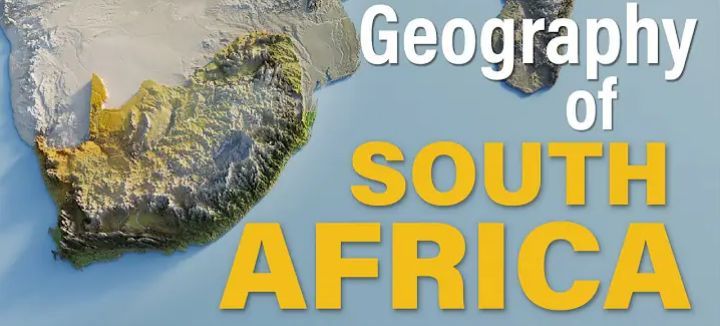A Geographic Journey Through South Africa: Diverse Landscapes and Dramatic Coastlines
South Africa, the southernmost tip of Africa, boasts a remarkably diverse geography. From the majestic Drakensberg Mountains to the sun-drenched beaches and vast grassy plains, the country offers a captivating blend of landscapes. This summary explores the key geographical features that define South Africa's unique character.
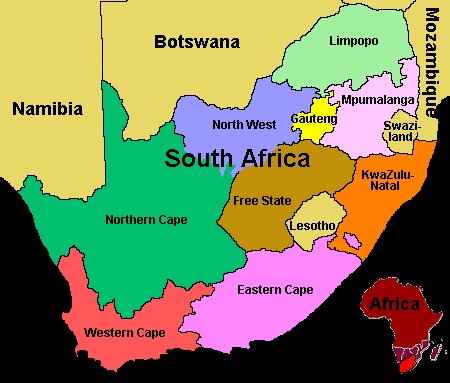
The Great Escarpment: A Land Divided
South Africa's topography is dominated by the Great Escarpment, a dramatic rise in elevation that stretches for roughly 1,500 kilometers along the eastern and southeastern borders. This escarpment, also known as the Drakensberg Escarpment, acts as a natural division between the high-lying interior plateau and the coastal lowlands. The plateau, averaging between 1,000 and 2,000 meters above sea level, slopes gently westward towards the Kalahari Basin. The Drakensberg Mountains, a subrange of the Great Escarpment, form a formidable barrier with peaks exceeding 3,000 meters, including South Africa's highest point, Mafadi Leding (Mont-aux-Sources) at 3,482 meters.
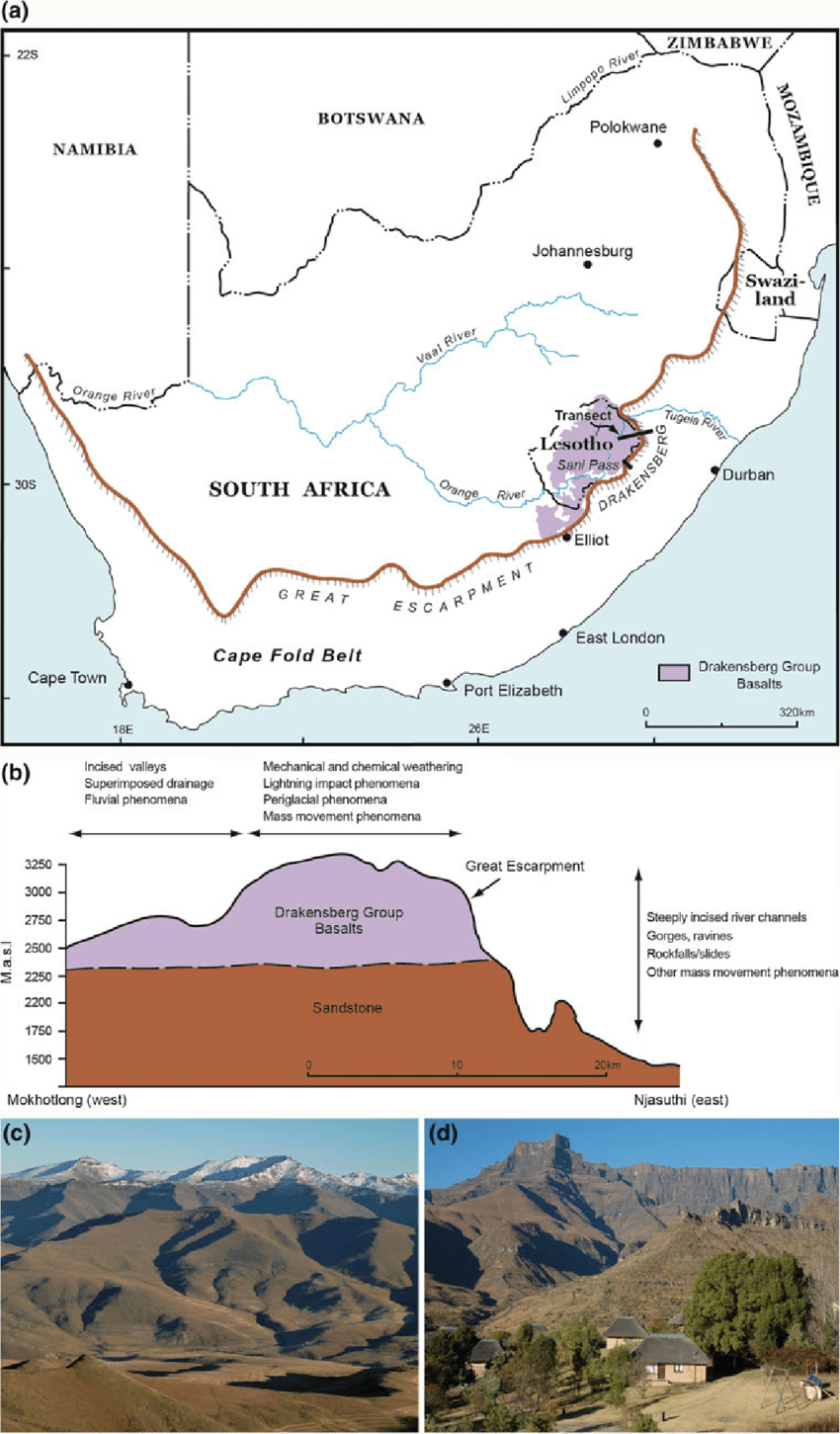
Coastal Contrasts: From Sandy Shores to Rugged Cliffs
South Africa's coastline stretches for over 2,800 kilometers, offering a variety of experiences. The western coast, bathed by the cold Benguela Current, is characterized by long, sandy beaches backed by low-lying plains. This arid coastline receives minimal rainfall, creating a stark contrast to the lush vegetation found in some eastern regions. In contrast, the Indian Ocean coastline on the east is generally warmer and more humid. Here, dramatic cliffs and rocky outcrops dominate the landscape, showcasing the power of erosion over millennia. KwaZulu-Natal, a province in the east, boasts some of the country's most stunning coastal scenery, with golden beaches fringed by lush vegetation.
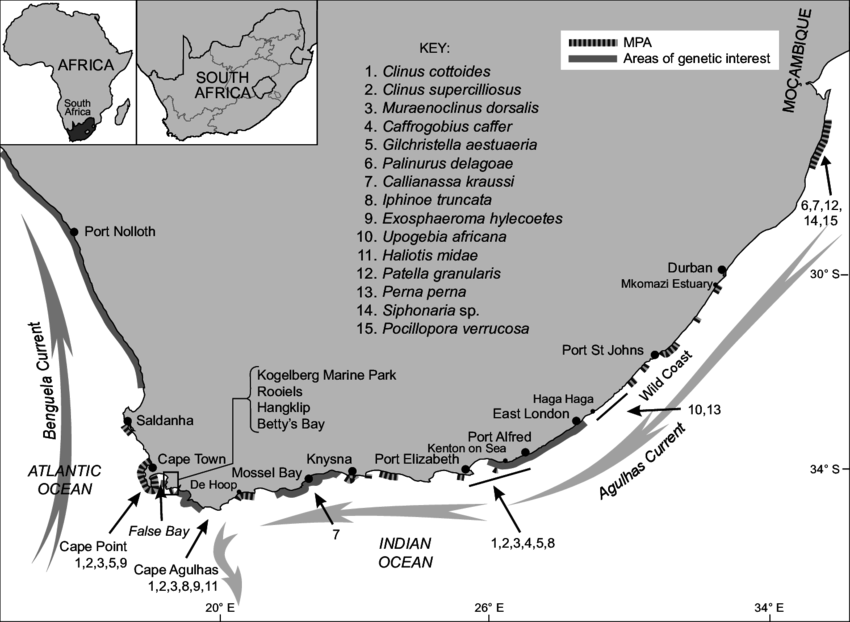
A Tapestry of Biomes: From Lush Forests to Arid Deserts
South Africa is a global leader in biodiversity, boasting six distinct biomes, each with its own unique flora and fauna. The Fynbos biome, a shrubland ecosystem restricted to the southwestern Cape region, is a global biodiversity hotspot known for its incredible floral diversity. Further north, the succulent Karoo biome thrives in the semi-arid climate, with its iconic quiver trees and diverse succulent plants. Moving eastward, the Savanna biome, characterized by grasslands interspersed with acacia trees, supports a wide range of grazing animals like zebras, giraffes, and antelopes. The subtropical and temperate forests along the southeastern coast provide refuge for a variety of mammals, birds, and plant life.
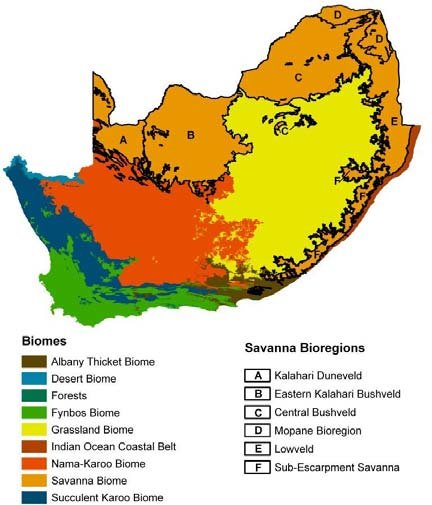
Rivers and Drainage Systems: A Land of Uneven Distribution
South Africa's river systems are largely determined by the Great Escarpment. Most major rivers flow eastward towards the Indian Ocean, with the Orange River, the longest river entirely within South Africa, being a notable exception. The Orange River, rising in the Lesotho highlands, carves its path westward through the arid landscapes before emptying into the Atlantic Ocean. Due to the country's varied topography and climatic conditions, water distribution is uneven. The eastern and southern regions receive more rainfall, leading to permanent rivers and lush vegetation. Conversely, the western regions, especially those influenced by the cold Benguela Current, are arid and have ephemeral rivers that flow only during the rainy season.
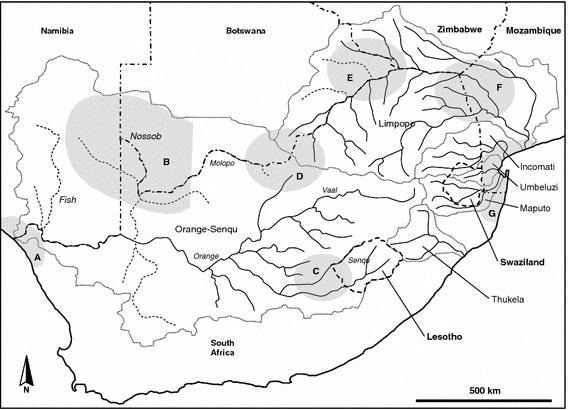
A Land Shaped by Geological Forces
South Africa's geological history has significantly influenced its present-day landscape. The country lies on the African Plate, and its formation is interwoven with the movement and collision of continents over millions of years. The Great Escarpment itself is a product of the break-up of Gondwana, the supercontinent that once existed. Volcanic activity has also played a role in shaping the landscape, with the Drakensberg Mountains being an example of volcanic activity millions of years ago. The rich mineral deposits found within South Africa, including gold and diamonds, are a testament to its complex geological past.
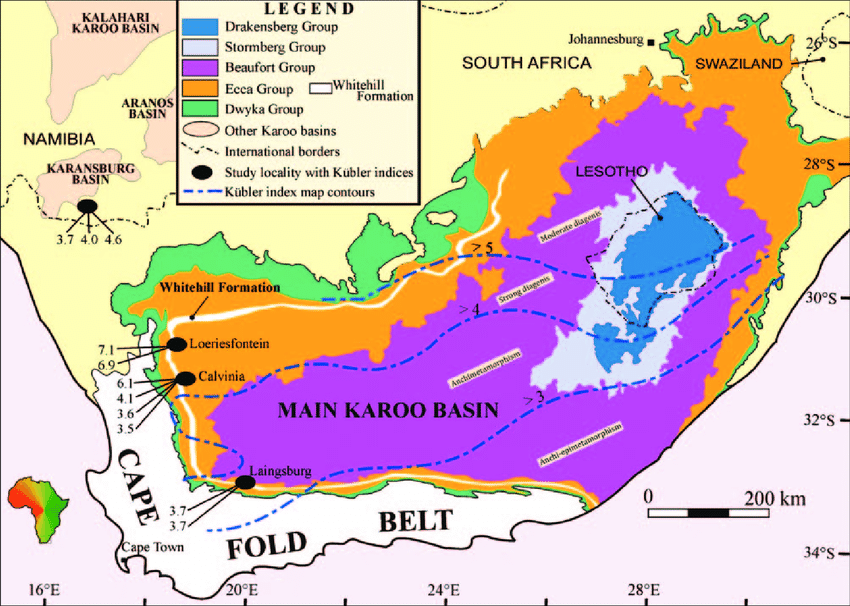
A Land of Breathtaking Beauty and Diverse Ecosystems
South Africa's geography is a tapestry woven with dramatic mountains, diverse coastlines, and a rich tapestry of biomes. From the towering peaks of the Drakensberg to the sun-drenched beaches and vast grassy plains, the country offers a captivating glimpse into the power of nature. Understanding South Africa's geography is key to appreciating its unique biodiversity, cultural heritage, and the challenges and opportunities presented by its varied landscapes.
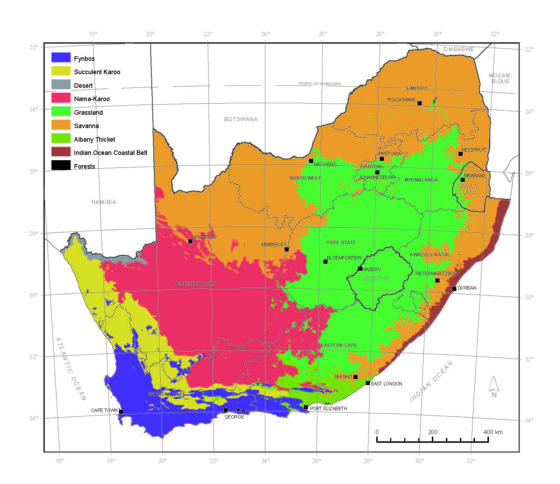
Click on the picture below to view a video about the Geography of South Africa.
